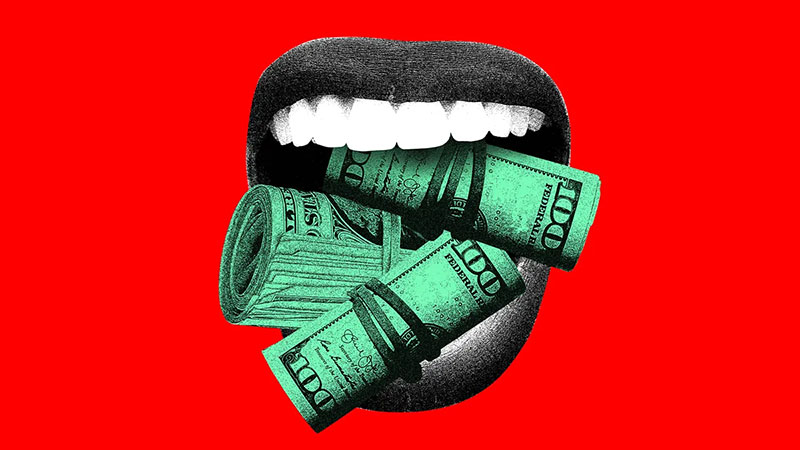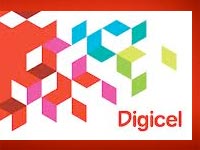As marketers look forward to 2025, they face a world of vast economic uncertainty.
The only thing they can be sure of is that leadership will continue challenging them to justify the value and ROI of every marketing dollar.
To survive and thrive in 2025—and to protect their budgets—marketing leaders need to demonstrate that their team is a revenue driver, not a cost center.
The key to delivering on that value proposition? Personalization. It increases the efficiency of marketing budgets, reduces waste, and increases conversions.
According to Twilio’s “State of Customer Engagement Report,” consumers spend 54% more with companies that use AI-powered personalization, while 55% of consumers say they’re willing to pay more for a customized experience.
Sure, personalization has been overhyped for years—maybe decades. It’s never reached its true potential. Boston Consulting Group estimates that only about 10% of companies are hitting the mark with personalization.
Implementing personalization is harder than it looks. At most companies, the marketing tech stack is poorly integrated, with components that don’t communicate well with each other, siloed data, and no unified view of the customer.
However, the technology that fuels personalization is finally reaching an inflection point. The enormous amounts of data on consumer behavior and preferences, combined with the advent of AI, have finally made it possible for marketers to unlock real value with personalization.
Let’s look at three ways marketing leaders can prioritize personalization and optimize their budgets.


